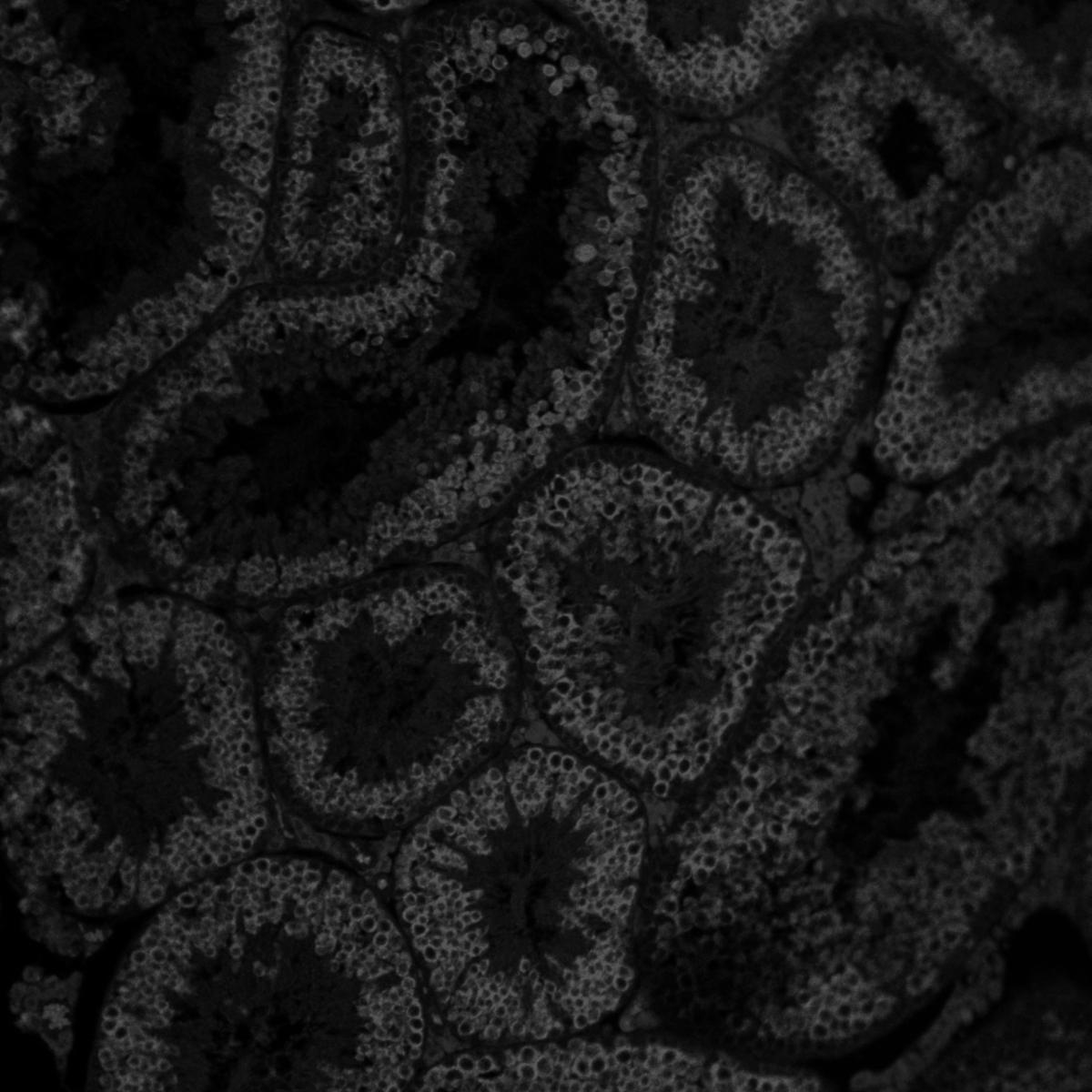
Frank Pajonk, M.D., Ph.D.
- Professor, Radiation Oncology
- Professor, Neurosurgery

Frank Pajonk, M.D., Ph.D., studies how normal tissue-specific stem cells and cancer stem cells respond to existing cancer therapies. He aims to use the insights gained from this work to develop new approaches that enhance the efficacy and reduce side effects of radiotherapy treatments for cancers including breast cancer and glioblastoma.
A trained radiation oncologist and radiation biologist, Pajonk has a long-standing research interest in breast cancer, glioma, prostate cancer and head and neck cancers. He was the first researcher to report the intrinsic radiation resistance of breast cancer stem cells and the mechanisms that underlie this process. He has also developed an imaging system for tracking of cancer stem cells based on his discovery that tumor stem cells lack proteasome activity. Using this system, he identified the unique metabolic states of glioma and breast cancer stem cells and of the radiation-induced reprogramming of non-stem glioma and breast cancer cells into tumor-initiating cells.
Pajonk is currently working to develop and optimize novel compounds that can be combined with radiation therapy to increase its efficacy against glioblastoma, the deadliest brain cancer in adults, while minimizing damage to healthy tissues. By developing and analyzing novel small molecules designed to target existing cancer-initiating cells and prevent cancer cells from evading the effects of radiation therapy, Pajonk aims to improve radiation treatment outcomes for this aggressive brain cancer and reduce cancer recurrence.
Research Projects
- Understanding the mechanisms behind radiation-induced cancer cell plasticity The capacity some cells have to switch from one cell type to another and — in some cases — back again. The plasticity of certain tissue-specific stem cells enables them to transform into cell types that would normally be considered outside their normal range of differentiation. plasticity The capacity some cells have to switch from one cell type to another and — in some cases — back again. The plasticity of certain tissue-specific stem cells enables them to transform into cell types that would normally be considered outside their normal range of differentiation.
- Developing novel drugs to prevent radiation-induced reprogramming In stem cell research, scientists can reprogram cells that have undergone differentiation, such as skin or blood cells, to revert back into an embryonic-like state. The resulting cells are called induced pluripotent stem cells. reprogramming In stem cell research, scientists can reprogram cells that have undergone differentiation, such as skin or blood cells, to revert back into an embryonic-like state. The resulting cells are called induced pluripotent stem cells. of non-stem cancer cells into cancer stem cells Cells that have the ability to differentiate into multiple types of cells and make an unlimited number of copies of themselves. stem cells Cells that have the ability to differentiate into multiple types of cells and make an unlimited number of copies of themselves.
- Repurposing FDA-approved drugs for rapid clinical translation for the treatment of glioblastoma and other cancers
- Exploring methods to drive cancer cells into terminal differentiation The process by which stem cells transform into specific, specialized cell types with distinct functions and features. differentiation The process by which stem cells transform into specific, specialized cell types with distinct functions and features.
-
Post-doctoral Fellowship
- Radiation Oncology, UCLA, 1999
Degrees
- Habilitation, Venia Legendi, Radiation Oncology, Albert-Ludwigs University, Germany, 2002
- Ph.D., Medical Informatics, Albert-Ludwigs University, Germany, 1996
- M.D., Albert-Ludwigs University, Germany, 1995



